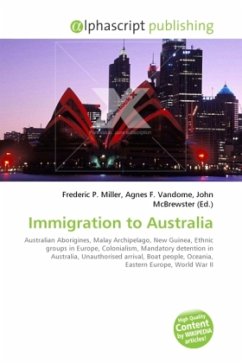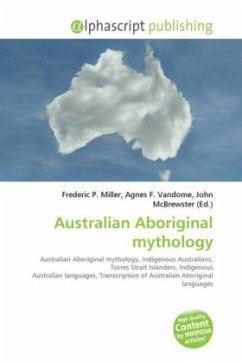Immigration to the Australian continent is estimated to have begun around 50,000 years ago when the ancestors of Australian Aborigines arrived on the continent via the islands of the Malay Archipelago and New Guinea. Europeans first landed in the 1600s and 1700s, but colonisation only started in 1788. The overall level of immigration has grown substantially during the last decade and a half. Net overseas migration increased from 30,042 in 1992-93 to 177,600 in 2006-07. This is the highest level on record. The largest components of immigration are the skilled migration and family re-union programs. In recent years the mandatory detention of unauthorised arrivals by boat has generated great levels of controversy. During 2004-05, 123,424 people immigrated to Australia. Of them, 17,736 were from Africa, 54,804 from Asia, 21,131 from Oceania, 18,220 from the United Kingdom, 1,506 from South America, and 2,369 from Eastern Europe. 131,000 people migrated to Australia in 2005-06 and migration target for 2006-07 was 143,000. The planning level for the 2007 08 Migration Programme has been set in the range of 142 800 to 152 800 places, plus 13 000 in the Humanitarian Programme.








